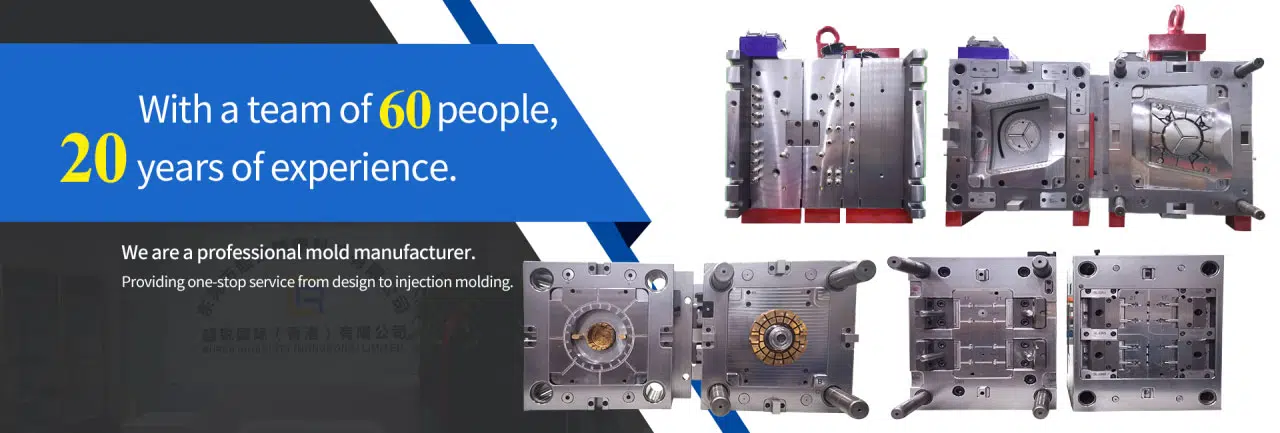
# Anodizing Process and Applications in Industrial Manufacturing
## Introduction to Anodizing
Anodizing is an electrochemical process that converts the metal surface into a durable, corrosion-resistant, and decorative anodic oxide finish. This process is most commonly applied to aluminum, but can also be used for other metals such as titanium and magnesium.
## The Anodizing Process
The anodizing process involves several key steps:
### 1. Cleaning
The aluminum part is thoroughly cleaned to remove any dirt, grease, or other contaminants that might interfere with the anodizing process.
Keyword: Anodizing
### 2. Etching
The part is then etched to remove surface imperfections and create a uniform surface texture.
### 3. Anodizing
The cleaned and etched part is immersed in an electrolytic solution (typically sulfuric acid) and an electric current is applied. This causes oxygen ions to be released from the electrolyte and combine with aluminum atoms at the surface of the part.
### 4. Coloring (Optional)
After anodizing, the porous oxide layer can be dyed in various colors before sealing.
### 5. Sealing
The final step involves sealing the porous oxide layer to enhance corrosion resistance and durability.
## Types of Anodizing
There are several types of anodizing processes used in industrial manufacturing:
### Sulfuric Acid Anodizing
The most common type, producing coatings from 5 to 25 microns thick.
### Hard Anodizing
Produces thicker, harder coatings (25-150 microns) for extreme wear resistance.
### Chromic Acid Anodizing
Used primarily for aerospace applications where fatigue resistance is critical.
## Industrial Applications of Anodizing
Anodizing finds numerous applications across various industries:
### Aerospace Industry
Anodized aluminum components are widely used in aircraft due to their excellent corrosion resistance and durability in harsh environments.
### Automotive Industry
Many automotive parts, including trim, wheels, and engine components, benefit from anodizing’s protective and decorative properties.
### Architectural Applications
Anodized aluminum is extensively used in building facades, window frames, and curtain walls for its aesthetic appeal and weather resistance.
### Consumer Electronics
Many electronic devices use anodized aluminum for both protection and visual appeal, including smartphones, laptops, and tablets.
### Medical Equipment
Anodized aluminum is used in medical devices and equipment where corrosion resistance and cleanability are essential.
## Advantages of Anodizing
Anodizing offers several benefits that make it valuable in industrial manufacturing:
- Enhanced corrosion resistance
- Improved durability and wear resistance
- Excellent adhesion for paints and adhesives
- Electrical insulation properties
- Aesthetic versatility with various color options
- Environmentally friendly process
## Conclusion
The anodizing process plays a crucial role in modern industrial manufacturing, providing both functional and aesthetic benefits to metal components. Its ability to enhance corrosion resistance, improve durability, and offer decorative options makes it an indispensable surface treatment for aluminum and other metals across numerous industries. As manufacturing technologies continue to advance, anodizing processes are likely to become even more sophisticated and widely applied.